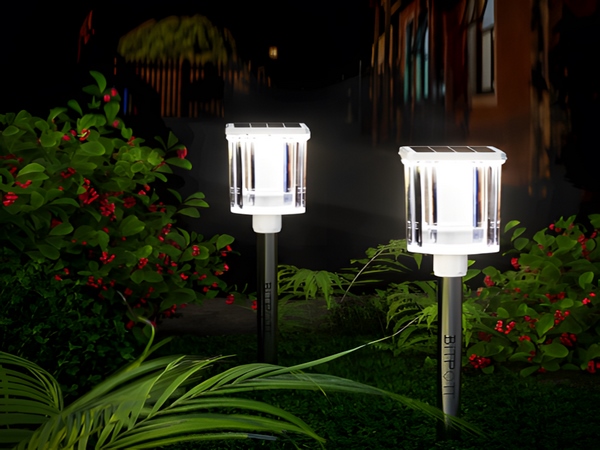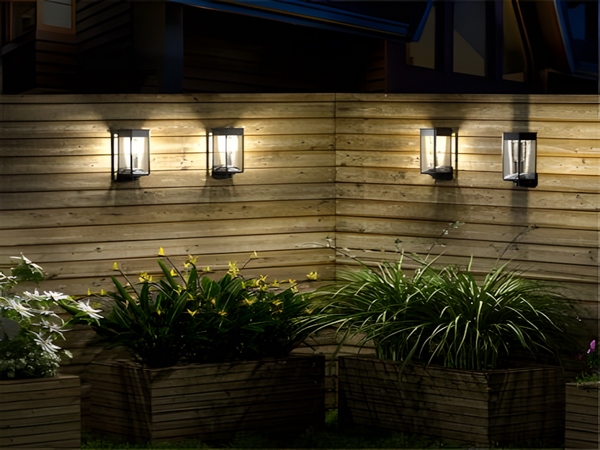
Solar energy is inexhaustible, renewable, clean, pollution-free, and environmentally friendly. Utilizing solar energy for power generation offers unmatched cleanliness, high safety, widespread and sufficient energy, long lifespan, and low maintenance, all advantages not found in conventional energy sources. Solar street lights, which are a type of lighting equipment powered by solar energy, use crystalline silicon solar cells for power, maintenance-free sealed batteries to store electrical energy, ultra-bright LED lights as the light source, and are controlled by intelligent charge and discharge controllers, replacing traditional utility power lighting. So, what are the advantages of solar street lights?
Advantages of solar street lights:
1. Convenience of Equipment
Solar street lights do not require complicated wiring. Only a concrete base and a battery pit are needed, secured with galvanized bolts, eliminating the messy operational procedures associated with utility lighting installation and concerns about power outages.
2. Low Cost
Solar street lights involve a one-time investment with long-term benefits. Due to the simple circuitry, there are no maintenance costs or electricity bills. The investment can be recouped within 6–7 years, saving over one million in electricity and maintenance costs in the following 3–4 years.
3. Safety and Reliability
Solar street lights operate on low voltage of 12–24V, providing stable and reliable operation without safety risks.

4. Energy-Saving and Environmentally Friendly

Solar street lights utilize the natural light from the sun, reducing electricity consumption. They add new selling points for the development and promotion of eco-friendly communities, sustainably lowering property management costs and reducing the expenses shared by property owners. Additionally, solar street lights are pollution-free, radiation-free, and are recognized as a green lighting product endorsed by the government.
5. Long Lifespan
Solar street lights feature high-tech components, with an average lifespan of over 10 years for each battery component, significantly higher than that of conventional electric lights. For instance, the main component of solar devices—the solar cell—has a lifespan of 25 years, while the average lifespan of low-pressure sodium lamps is 18,000 hours, and low-pressure efficient three-color energy-saving lamps is 6,000 hours.
In summary, the advantages of solar street lights include good stability, long lifespan, high luminous efficiency, easy installation and maintenance, high safety performance, energy-saving, environmentally friendly, and economical practicality. They can be widely used in urban main and secondary roads, communities, factories, tourist attractions, parking lots, and other locations.



